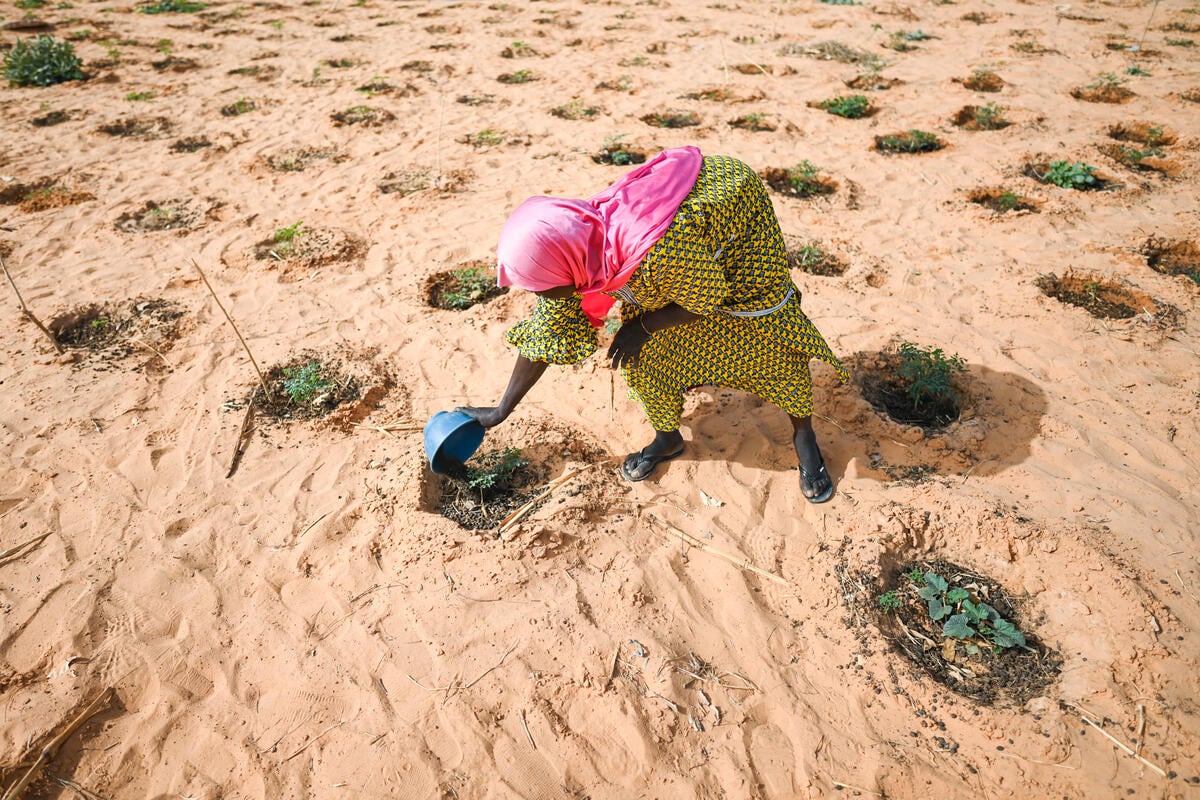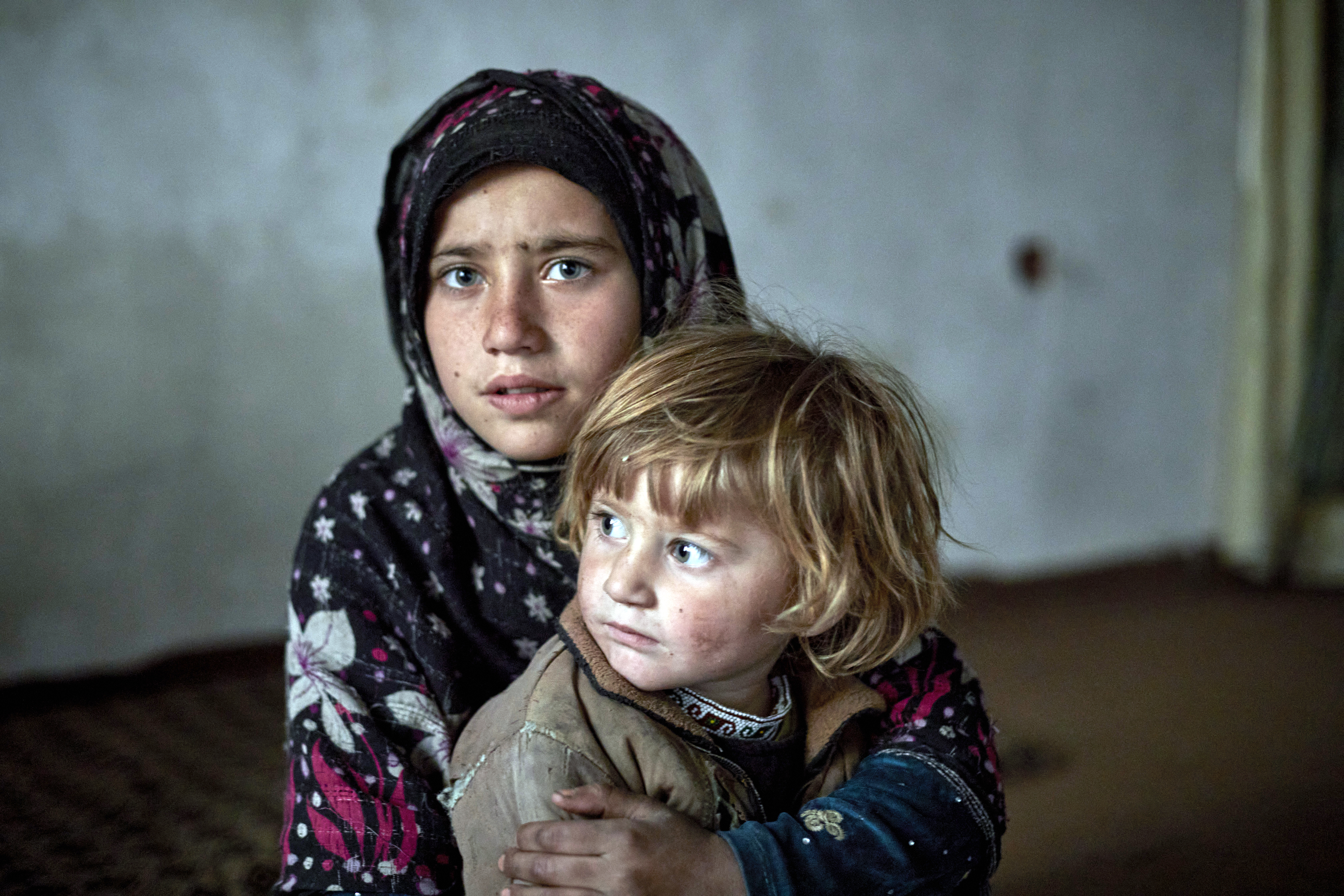Perils of journey to Yemen no deterrent for thousands fleeing conflict and poverty in Africa
Perils of journey to Yemen no deterrent for thousands fleeing conflict and poverty in Africa

BAB EL-MANDAB, Yemen, December 23 (UNHCR) - The fishing village of Bab El-Mandab, some 190 km west of Aden, in southern Yemen is the closest point in the Arabian Peninsula to Africa. Here, in a small office by a petrol station, staff of the Danish Refugee Council (DRC), a UNHCR partner organization, meticulously record the number of boats carrying migrants and refugees from the Horn of Africa which land in this country almost every day.
From January to October this year, some 43,000 people -13,000 Somalis and nearly 30,000 Ethiopians - made the dangerous trip across the Red Sea or the Gulf of Aden in flimsy boats. An unknown number perished in the attempt. Far from the eyes of the world, a human tragedy of huge proportions has been unfolding for years.
Relying on an extensive network of contacts in the police, army, coast guard and among local villagers, DRC staff travel up and down the coast in search of recently-arrived migrants from Africa. They work closely with UNHCR and the Yemeni Red Crescent, which provides first aid, water and high-energy biscuits to the new arrivals.
Earlier this year, in the Al Kharaz refugee camp some 40 km west of Bab El-Mandab, UNHCR staff interviewed an Ethiopian man who had arrived in Yemen the day before. He looked haggard and morose. "I took a boat from Obock in Djibouti," he said through an interpreter. "To get there, I had to walk through the desert for two days from the Ethiopian border. I was kept by people smugglers in an isolated place near Obock with hundreds of others; men, women and children."
There was no food or drinking water, he explained. The smugglers sold bottled drinking water at extortionate prices. Those who couldn't pay had to drink water from some nearby wells. The water from the wells was salty and contaminated. "Those who drank it got sick and many died," he said. "Every day, while I was there, four or five people died of hunger or diarrhoea."
Since June, at least 40 Ethiopian men have died after arriving in Yemen from Djibouti. Their corpses have been discovered by local villagers or authorities near Bab El-Mandab and brought to the attention of UNHCR and its partners. A doctor at the medical clinic in Al Kharaz said that in three days in August they had admitted 26 Ethiopians suffering from severe gastroenteritis.
"Yemen allows Somali refugees fleeing armed conflict, gross human rights violations or persecution to enter its territory," said UNHCR Assistant Representative for Protection in Yemen, Ann Maymann. "This constitutes a lesson in what refugee protection is all about and many states could draw inspiration from Yemen. At the same time, the challenges are huge and more attention should be paid to the humanitarian situation unfolding here."
Yemen is one of the poorest countries in the world and faces many problems of its own, including internal conflicts. Some Somalis and most Ethiopians, don't stay, preferring to try and enter Saudi Arabia where they hope to find work as labourers, builders or housemaids. "If you have money, the smugglers take you by car to Saudi Arabia after you land in Yemen," an Ethiopian migrant explained. "If you don't, you have to walk all the way to the border."
On the way, some of the migrants and refugees fall prey to people traffickers, who sell them into sexual slavery and forced servitude in Saudi Arabia and other countries in the Middle East.
On September 25 a court in Aden sentenced two men and a woman to 10 years imprisonment for trafficking a young Somali girl to Saudi Arabia. The girl was reunited with her mother and both have now left Yemen for a new life in Europe. Most victims of trafficking, however, are not so fortunate: it is estimated that some 12.3 million people around the world have been victims to human traffickers. The buying and selling of human beings for exploitation is tied with arms dealing and is the second largest criminal industry in the world after drug trafficking, and the fastest growing, according to the US Department of Health and Human Services.
By William Spindler in Yemen








